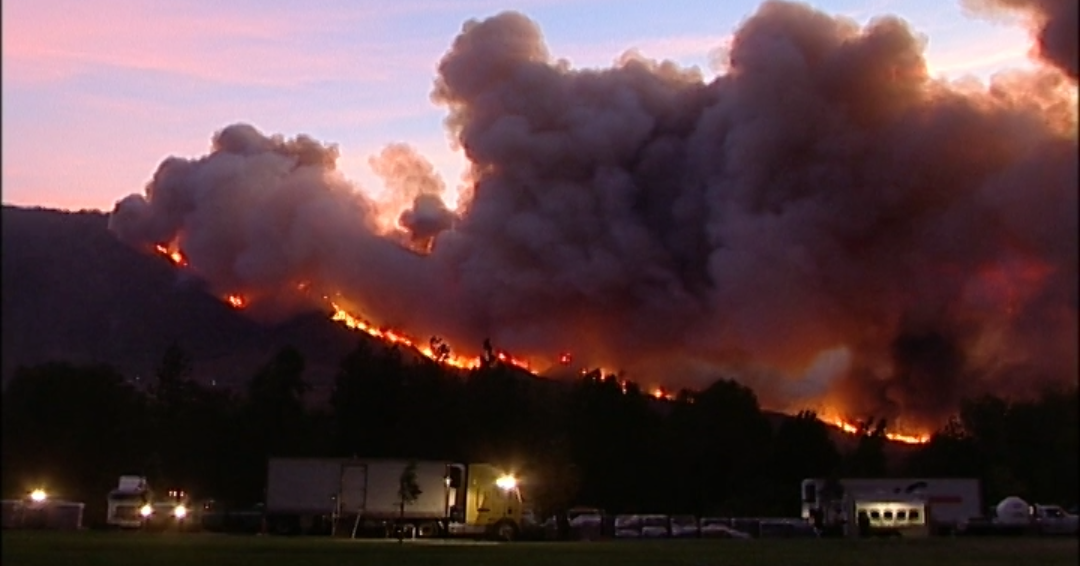Twenty years ago more than a dozen wildfires burned through Southern California, fueled by dry and high winds.
Among them was the Cedar Fire, which raged from October 25, 2003 through November 5, 2003 in San Diego County, burning more than 270,000 acres and killing 15 people. At the time, the Cedar Fire was the largest and most damaging wildfire in California’s history.
“The shear magnitude of that fire coupled with intense fire behavior was unprecedented,” said Brian S. Marshall, State Fire and Rescue Chief for the California Governor’s Office of Emergency Services (Cal OES), who was mobilized to the Cedar Fire.
For Cal OES Chief Marshall, who was a Battalion Chief with the Kern County Fire Department at the time, the death of Fire Engineer Steven Rucker impacted his firefighters deployed to the incident.
Sherri Sarro, Cal OES Assistant Director of Response in Southern California, lived and worked through the Cedar Fire. She was a sergeant with the San Diego County Sheriff’s Department when her family evacuated.
In addition to the Cedar Fire, which burned 2-acres per second and destroyed 2,820 structures and 2,232 homes, the Paradise Fire burned 56,700 acres and the Otay Fire burned 46,291 acres. Two additional people died from the Paradise Fire.
“I was on call for the Sheriff’s Emergency Response Assistance Team on October 25, 2003 and received a call of a massive fire in Scripps Ranch. The fire quickly spread to other areas Ramona, Julian, Lakeside, and it kept spreading,” Sarro said.
She described the fire’s behavior as unexpected and extreme.
“It was like nothing we had ever seen before,” Sarro said. “This was the first time in my career as a deputy sheriff that we were concerned that this firestorm would make a run to the coastal jurisdictions of San Diego County.”
“Several civilians lost their lives trying to flee from the fire. I personally had to evacuate while deployed on this fire. My family went to my home and evacuated my dog and personal items while I was deployed to the fire. Friends and coworkers lost their homes on these fires.”
Ultimately, the Cedar Fire resulted in the Governor’s Blue Ribbon Fire Commission Report, which provided a roadmap for California’s response to large wildfires.
Since then, a lot has changed and evolved in emergency management and response, not only utilizing Cal OES’ fleet of more than 270 fire engines across 60 local fire departments. In addition, innovation, technology and advance planning are now at Cal OES’ forefront in responding to wildfires like being able to monitor assets in real time through Next-Gen SCOUT Tool and deploying a state-of-the-art aircraft to map wildfires through the Fire Integrated Real-Time Intelligence System Program (FIRIS).
“Twenty years later, California’s firefighters are better prepared to respond to these climate-driven disasters,” Chief Marshall said. “Utilizing technology, forecasting severe fire weather before it occurs, and prepositioning firefighters and resources in areas that are impacted by this severe fire weather gives firefighters a better chance of controlling fires when they first start.”
As California continues to invest and build on the successes of these programs, the state will be a step ahead in preventing and responding quickly to large fires like the Cedar Fire.




